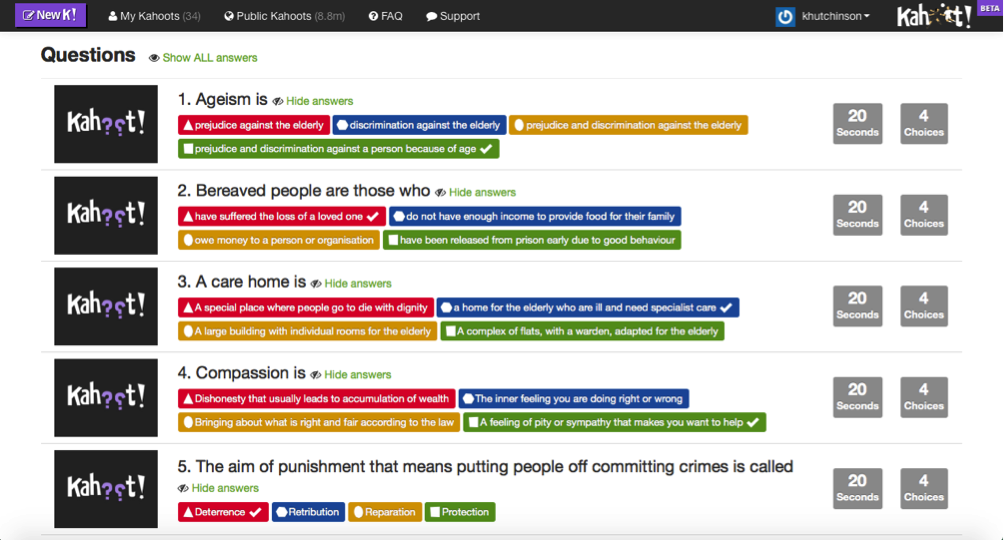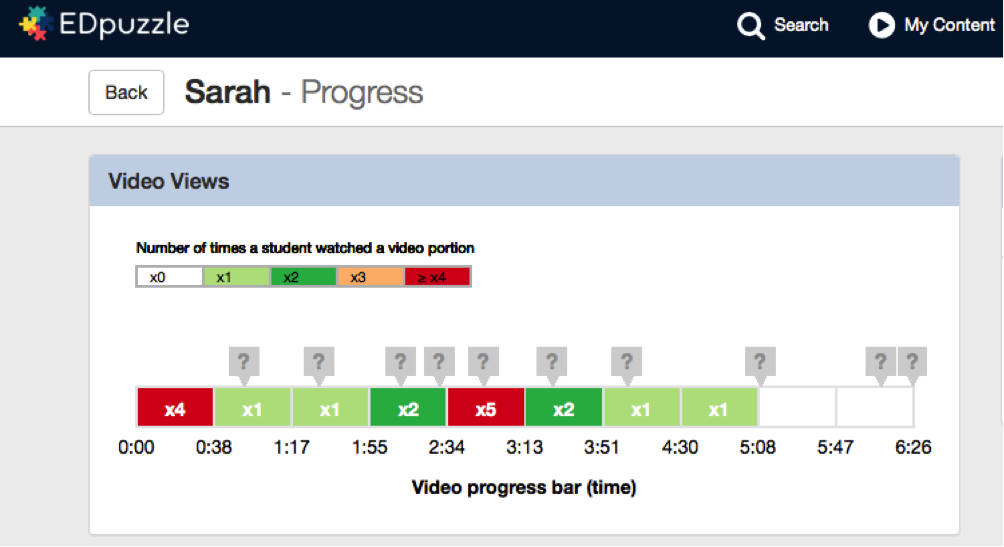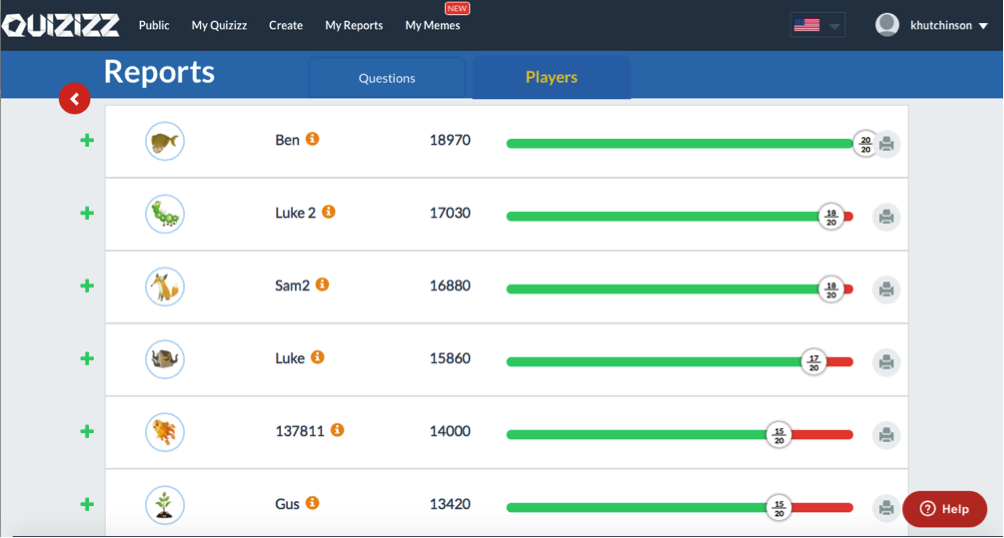One of the biggest misconceptions about religious education is that it is a subject where opinion is paramount and knowledge only secondary. This assumption permeates the conceptual rationales advanced by some leading religious educationists, the working philosophies of teachers, and the presumptions of students and their parents.
‘I wanted to teach RE because it’s about all the many beliefs there are and it’s about your own opinion’ explained one trainee teacher to me recently.
A history teacher involved in the same conversation, concurred: ‘RE is different from other subjects like history, because there are no facts, only subjective points of view.’
Similar lines of thinking, including those assumed by RE examiners and curriculum designers, have led to the prevailing belief that RE’s foremost role is to foster debate and discussion, not to promote the learning of a body of knowledge.
The relationship between RE and epistemology has rightfully been identified as an academic question of considerable import. For example, Andrew Wright argues that critical realism (put simply, a philosophy that assumes there is one objective reality to be approached through reasoned discourse) makes the best under-labourer for the work done in classrooms by students and teachers. This can be contrasted with the vision of Clive Erricker who advanced the position that as all knowledge is in some sense constructed through the means of one or another power-structures, the subjective experience of the student should not only be the focus of RE pedagogy, but can never be silenced by any overarching meta-narrative, not least those of religions.
Conceiving the purpose of education in general as the learning of facts has been reviled by many. Over-emphasing the importance of knowledge is famously parodied by Charles Dickens’ Gradgrind in Hard Times. Gradgrind, a personification of utilitarianism, sees the purpose of education as teaching facts and the student merely an empty vessel to be filled with them. In classic Dickensian conversion, Gradgrind later changes his mind through a twist of narrative. Of course, as Dickens – a dissenter whose Christian ethics subtly saturate his entire oeuvre – would agree, RE, perhaps more than any other subject, is about the development of the whole person and not just about learning facts.
Yet facts do matter, and religious education cannot take place without learning the necessary ones. Indeed, knowledge plays its part in developing the whole person. For all religions rest on historical facts in addition to well-developed mythologies. A further fact is that there is disagreement as to what the facts are – and these contestations may depend on adversaries’ own positionings within varying traditions of beliefs and practices. While these traditions are deeply contested, they are not merely bunches of opinions and are very unlikely to be entirely personal musings. All assumptions and presumptions are learnt somewhere.
A helpful way of thinking about how to approach religions in the classroom is to clarify the difference between relativism, pluralism and absolutism. The first is the view that positions are in some sense necessarily contingent and never absolute. The second is that there are a variety of positions coexistent. The third, that there are immutable principles which are necessarily true. It seems that the assumptions of some religious educationists are that religious questions are absolutely relative. We are stuck in never-ending disagreements that can never be resolved or lifted above a radical, or sometimes primitive, subjectivism of ‘I like x.’ Or ‘I don’t like x.’ If there are no religious facts, debate always serves to learn about others’ points of view which we can never objectively evaluate. However, on the other hand, pluralism need not be absolute. The fact is there are differences and there are objective reasons as to why. There may also be error.
There is a tradition within the philosophy of education that sees all religious claims as unverifiable and therefore indoctrinatory. Religious knowledge does not have the same epistemic rigour as other kinds of knowledge and therefore, as there are no religious facts, can inappropriately induce individuals into traditions of unjustifiable life-orientation. One problem with this view is that it ignores the salience of historical facts to religious traditions. The resurrection of Christ, for example, is for most Christians, fact, justified on the same kinds of testaments as other claims about past states-of-affairs. Since time travel is only possible through historic texts, we have to make a decision on this event based on its congruence with other inter-linking facts, just as any other bivalent uncertainty.
Of course, making room for realism in RE is not a way to by-pass the absolute principle of religious freedom which has arguably been conflated with these epistemological problems. What one makes of the facts should be protected in some sense. This is threatened philosophically, however, not by the realist position that there are facts, but more so, by the absolutist relativism that there are none. In practice, religious freedom is threatened by bad teaching, not by realism – although the two may coincide.
One of the most dangerous things in RE is uninformed debate. When students are not always capable of greeting each other politely or coming to a decision civilly on mundane matters, it seems odd that they should be invited to discuss matters as problematic as abortion, peace in the Middle East, or the Holocaust, and then reach some kind of informed consensus or disagreement about them.
The Holocaust is one topic in RE where facts are particularly important. And unlike some of the more ancient claims about past events, the Holocaust is still in living memory of some, and thus still raises intense and emotional disputes. Education about the Holocaust, like judgement itself, needs to be guided by knowledge of the facts, as illustrated by a recent debate between Israeli and Polish politicians, and commentators worldwide.
Recently, the Polish government decided to amend the Law on the Polish Institute of National Remembrance and introduced a new type of crime: attributing the holocaust to the Polish Nation or the Polish State publicly. The law was amended due to common use of the term, particularly in the media, of “Polish death camps”, which distorts the historic facts that Auschwitz and other camps, although being located in Poland, were established by Nazi Germany. A diplomatic argument ensued because, although most Israeli politicians consider the use of term “Polish death camps” historically incorrect, many are also concerned about the possible violation of the freedom of speech for those who want to discuss the involvement of Poles in the holocaust.
Here is a classic example of how semantics may shift and attribute blame unjustifiably, and a balanced appraisal of the facts is essential. It is ludicrous to suggest an occupied country is culpable for a reign of terror that murdered its own citizens, both Jewish and otherwise. However, it is also disingenuous to suggest that facts of the past should not be established in an open, free and rigorous process. For this reason, the new law excludes scholarship and academic work, and after an exchange of views on both sides, the current debate is now quiet.
The Holocaust will continue to be an emotive topic. Among its terrible stories, there are many true accounts of heroism and survival. While at an academic conference one August, I met an American with a French name pronounced in a French way. Sitting outside our hotel in a hot forest in Russia, sipping a beer, I asked him why. I was not expecting the answer he gave. With a quiver of emotion in his voice he explained how he was hidden as a child during the occupation of Belgium in a Catholic orphanage. Although Jewish, to make the cover genuine, he practised Catholicism. At the end of the war, he escaped with his family to the US.
After a time, his wife came to us and said that he never talked about this story because it remained so appalling a memory to him. Experience has a brute factual quality to it, particularly when one is suffering. In RE classrooms we often give students the luxury to choose their positions based on their experiences. However, individual stories from the Holocaust comprise many injustices that can be glossed over, lost and manipulated in ever-continuing identity politics. The importance of memory and reputation mean that these controversies will always persist. The religious educator’s lot is to ensure that knowledge also endures. And in this respect, it is only the facts that will suffice.











